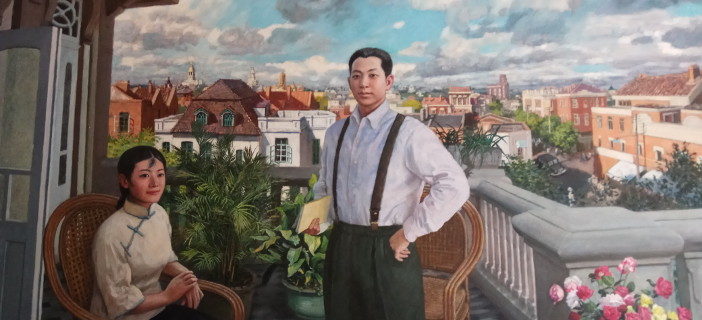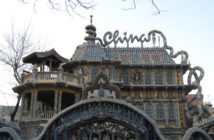We came upon Zhang Xueliang’s house in Tianjin after leaving the China House – it’s along the same street, Chifeng Avenue. From the outside it’s no more impressive than any of the other historic houses in that area, and I was uncertain at first about going in. However the house tells a fascinating story, about a pivotal moment in the history of China, and perhaps of the world, and about an extraordinary individual whose life spanned the whole of the 20th century.
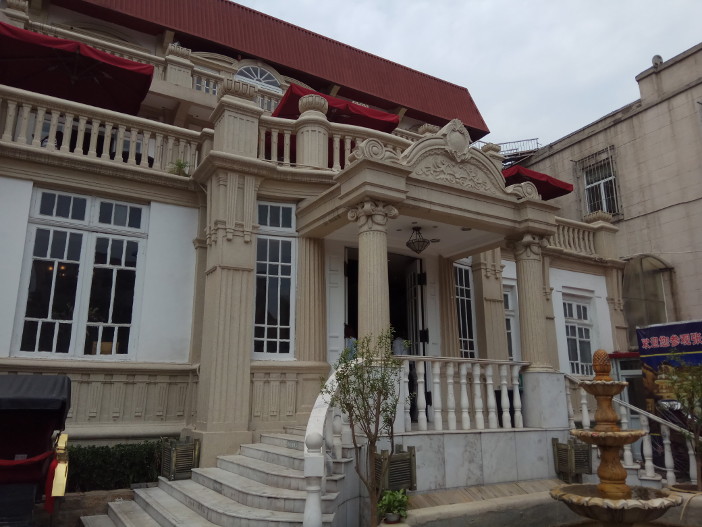
As with many other Chinese museums, the information provided assumes you already know the story, and it took some smartphone research on my part to piece it all together. Zhang Xueliang was born in 1901, the son of an army general. In the chaos that followed the fall of the Qing dynasty, Zhang senior became one of many warlords, using his military authority to become de facto ruler of north-eastern China, including Beijing.
However his territory also included Manchuria, which was being eyed by an increasingly aggressive Japanese empire. The Japanese thought Zhang junior, who had a reputation as an opium-addicted playboy, would be easier to manipulate. They had his father’s train blown up by a bomb, and Zhang Xueliang succeeded his father at the age of 27.
The “Young Marshal,” as he was known, proved to be tougher than the Japanese expected. He gave up opium and resisted doggedly, but when the invasion of Manchuria finally came he realized he could not stand up to the might of the Imperial army and withdrew, settling in Tianjin.
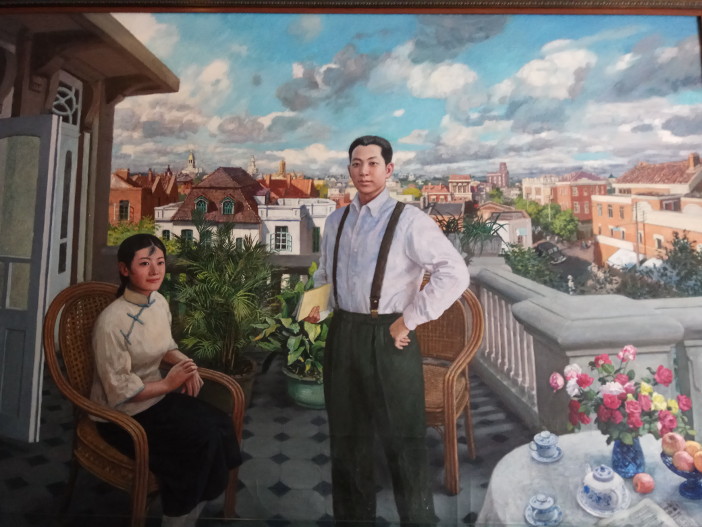
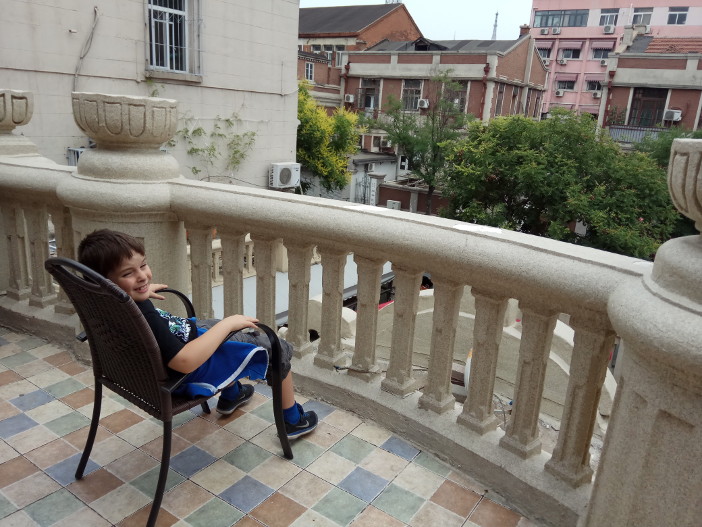
The view from the balcony is no longer as elegant as it once was
In 1936 came his moment of destiny. The Nationalist government under Jiang Jieshi (Chiang Kai-shek) ordered him to fight the Communists, but Zhang saw the Japanese as the true enemy and ignored the order. When Jiang Jieshi flew to Xi’an to find out what was happening, Zhang and another general held him hostage until he agreed to join forces with the Communists against the Japanese invaders. This “Xi’an Incident” is recognized as a turning point in Chinese history.
On his release Jiang honored the promise, but had Zhang put under house arrest, where he was to remain for over half a century. When the Nationalists fled to Taiwan he was taken with them, and spent his days collecting art and studying the Bible (he and his wife had converted to Christianity).
In 1993 he was released and went into exile in Hawaii. He declined numerous invitations to visit the People’s Republic, where he was recognized as a patriotic hero despite his Nationalist loyalties, and died in 2001 at the age of 100.
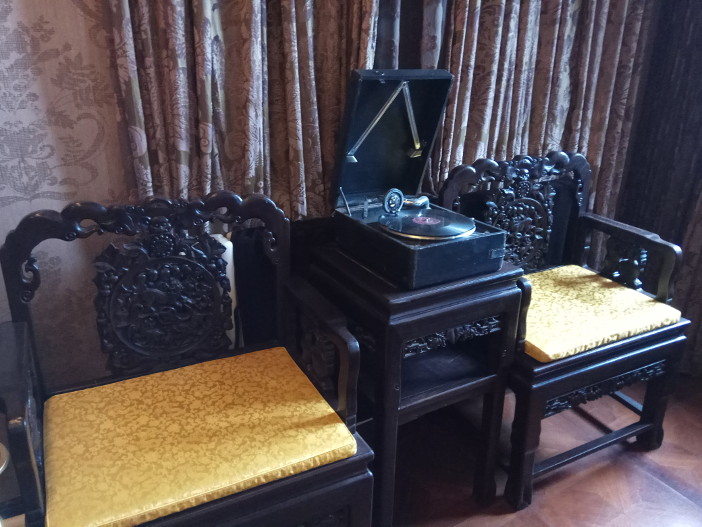
To what extent his Tianjin house has been preserved, and how much it has been restored, is unclear. However it’s an intriguing glimpse into the life of the wealthy and powerful in Republican China. There’s a clear Art Deco influence in the décor and furnishings, and the latest in western technology for entertainment: a radio, a gramophone and an organ. On the top floor there’s a small theater with a bar, which now shows videos about Zhang’s life (the bar, sadly, is no longer in use.)
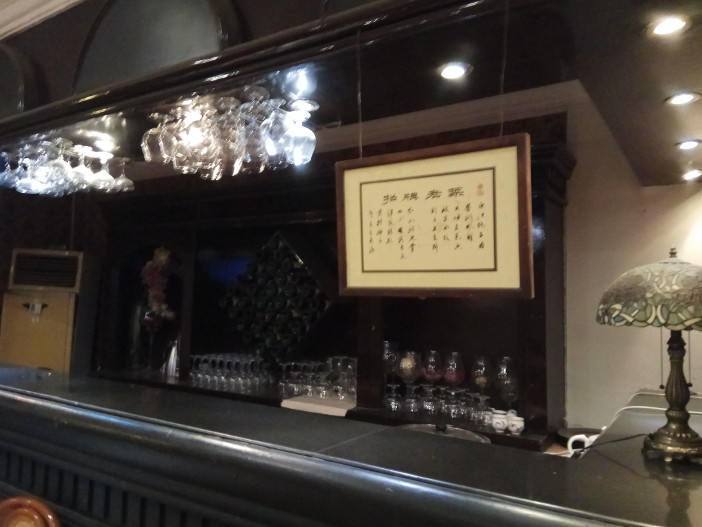
A visit to the Zhang residence is easily combined with viewing the nearby Porcelain House, and they make for an interesting contrast of approaches to China’s past.
Photos: Andrew Killeen

